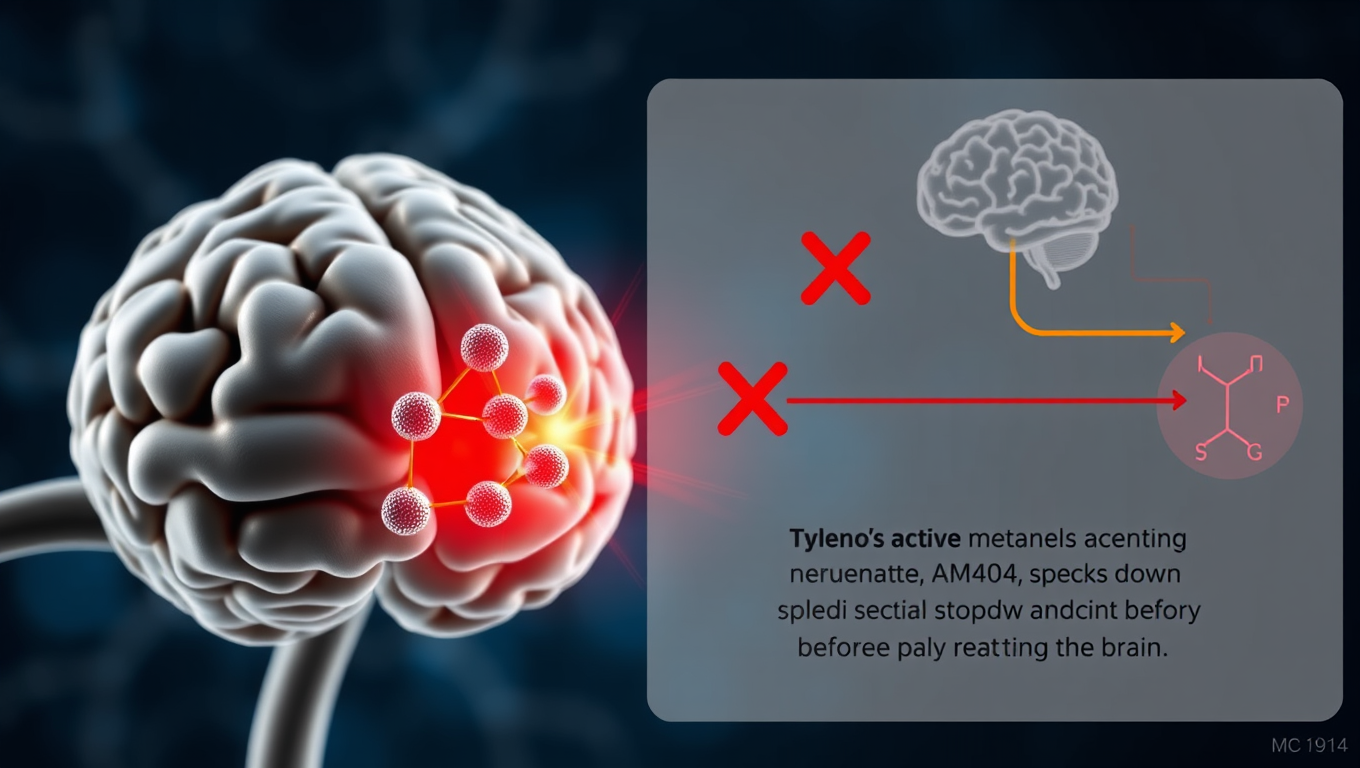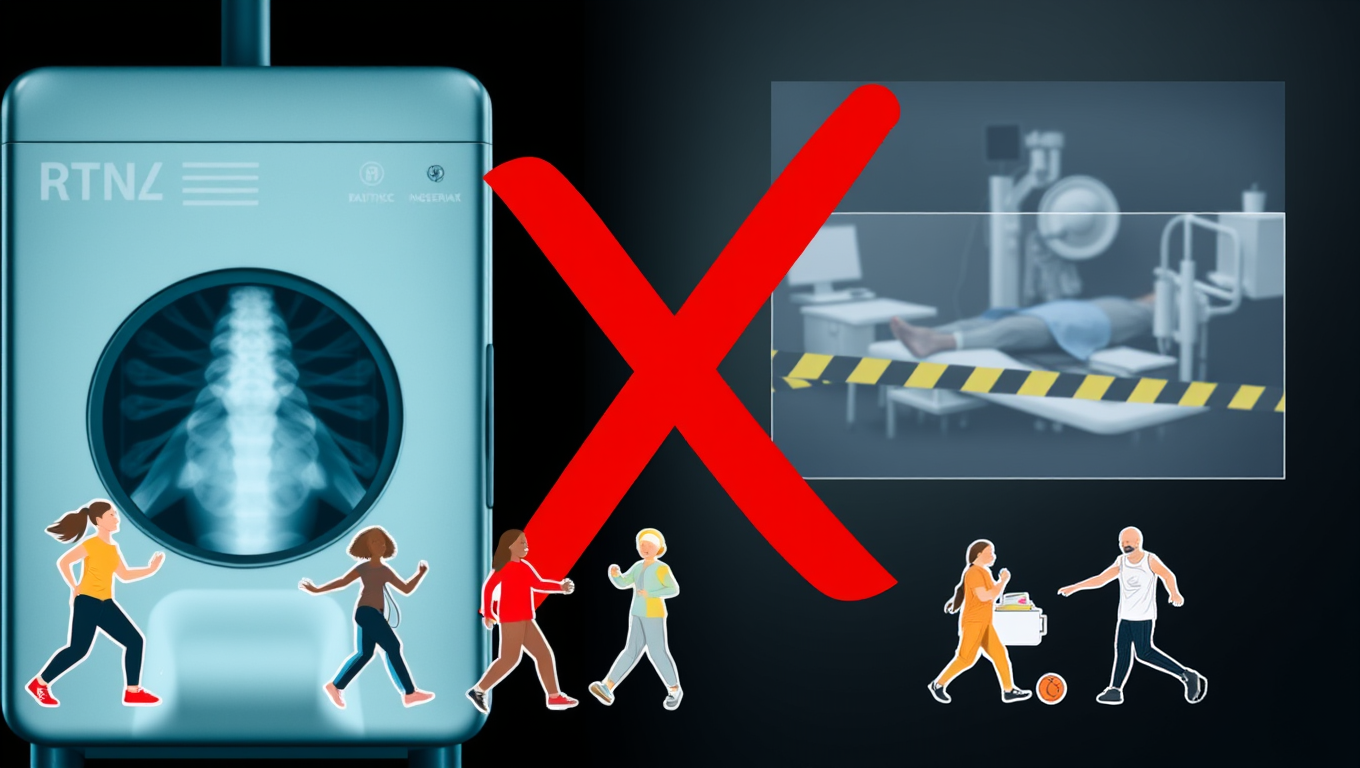While we try to keep things accurate, this content is part of an ongoing experiment and may not always be reliable.
Please double-check important details — we’re not responsible for how the information is used.
Back and Neck Pain
“Breaking Down Pain: The Surprising New Way Tylenol Works to Stop the Hurt”
Acetaminophen may be doing more than just dulling pain in your brain it could be stopping it before it even starts. Scientists at Hebrew University have discovered that a metabolite of the drug, AM404, blocks pain signals right at their source by shutting down specific sodium channels in pain-sensing nerves. This radically shifts our understanding of how this common medication works and opens a door to new, more targeted painkillers that might eliminate side effects like numbness or weakness.

Arthritis
The Alarming Impact of Routine X-Rays on Arthritis Patients’ Decisions
Knee osteoarthritis is a major cause of pain and disability, but routine X-rays often do more harm than good. New research shows that being shown an X-ray can increase anxiety, make people fear exercise, and lead them to believe surgery is the only option, even when less invasive treatments could help. By focusing on clinical diagnosis instead, patients may avoid unnecessary scans, reduce health costs, and make better choices about their care.
Back and Neck Pain
The French Fry Effect: Scientists Reveal the Surprising Truth About Potatoes and Diabetes Risk
French fries may be more than just a guilty pleasure—they could raise your risk of type 2 diabetes by 20% if eaten three times a week, while the same amount of boiled, baked, or mashed potatoes doesn’t appear to have the same effect.
Back and Neck Pain
Unveiling the Secrets of the Universe: The Largest-ever Map Reveals 10x More Early Galaxies Than Expected
An international team of scientists has unveiled the largest and most detailed map of the universe ever created using the James Webb Space Telescope, revealing nearly 800,000 galaxies stretching back to almost the beginning of time. The COSMOS-Web project not only challenges long-held beliefs about galaxy formation in the early universe but also unexpectedly revealed 10 times more galaxies than anticipated along with supermassive black holes Hubble couldn t see.
-

 Detectors9 months ago
Detectors9 months agoA New Horizon for Vision: How Gold Nanoparticles May Restore People’s Sight
-

 Earth & Climate10 months ago
Earth & Climate10 months agoRetiring Abroad Can Be Lonely Business
-

 Cancer10 months ago
Cancer10 months agoRevolutionizing Quantum Communication: Direct Connections Between Multiple Processors
-

 Albert Einstein10 months ago
Albert Einstein10 months agoHarnessing Water Waves: A Breakthrough in Controlling Floating Objects
-

 Chemistry10 months ago
Chemistry10 months ago“Unveiling Hidden Patterns: A New Twist on Interference Phenomena”
-

 Earth & Climate10 months ago
Earth & Climate10 months agoHousehold Electricity Three Times More Expensive Than Upcoming ‘Eco-Friendly’ Aviation E-Fuels, Study Reveals
-

 Agriculture and Food10 months ago
Agriculture and Food10 months ago“A Sustainable Solution: Researchers Create Hybrid Cheese with 25% Pea Protein”
-

 Diseases and Conditions10 months ago
Diseases and Conditions10 months agoReducing Falls Among Elderly Women with Polypharmacy through Exercise Intervention





























